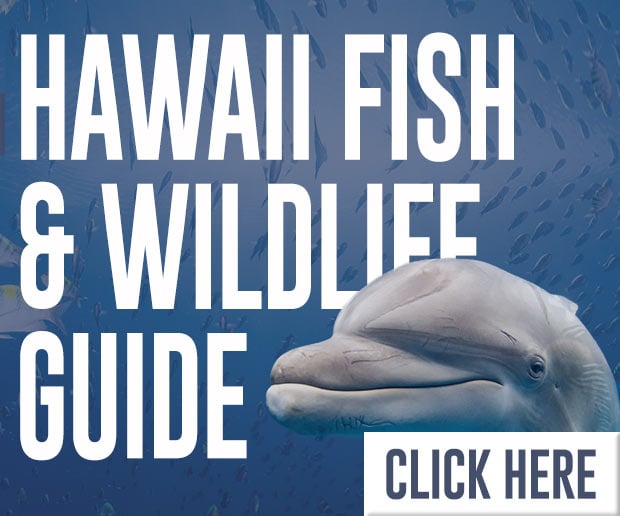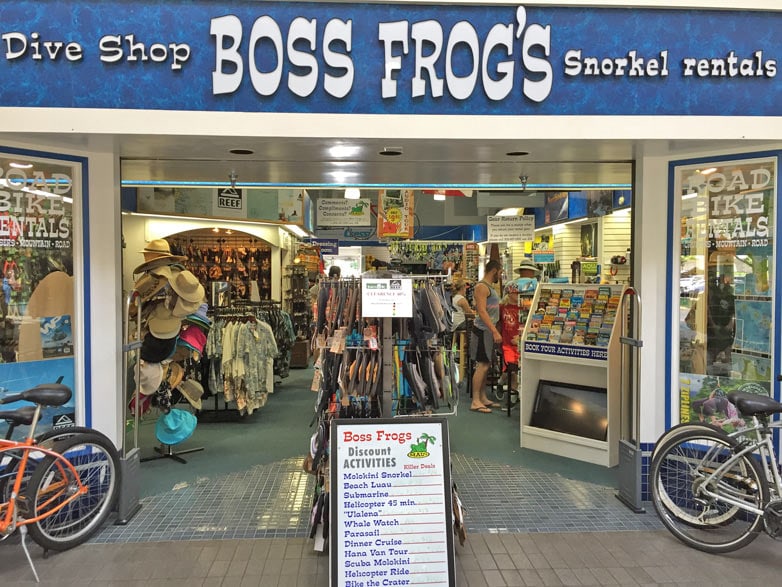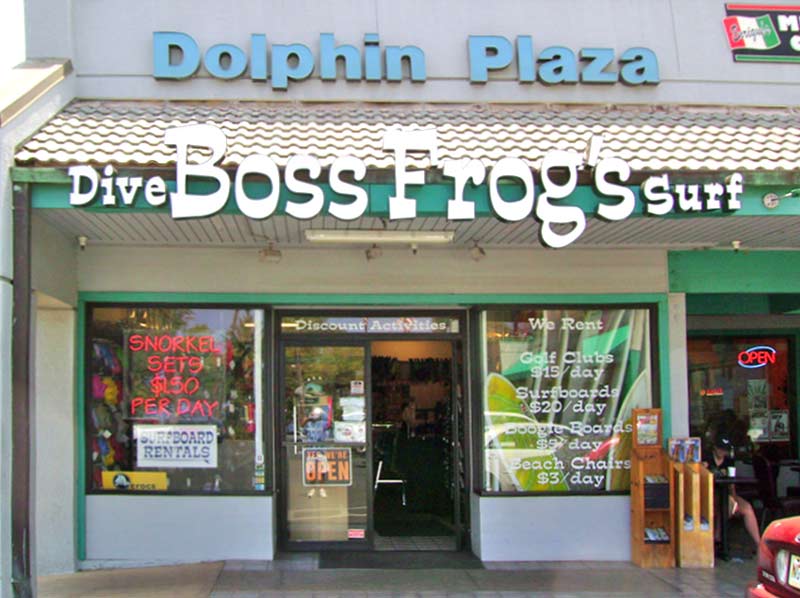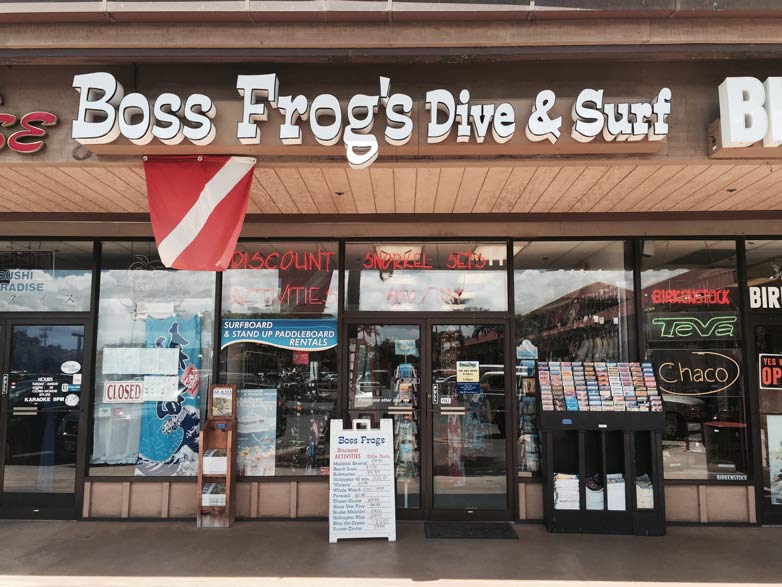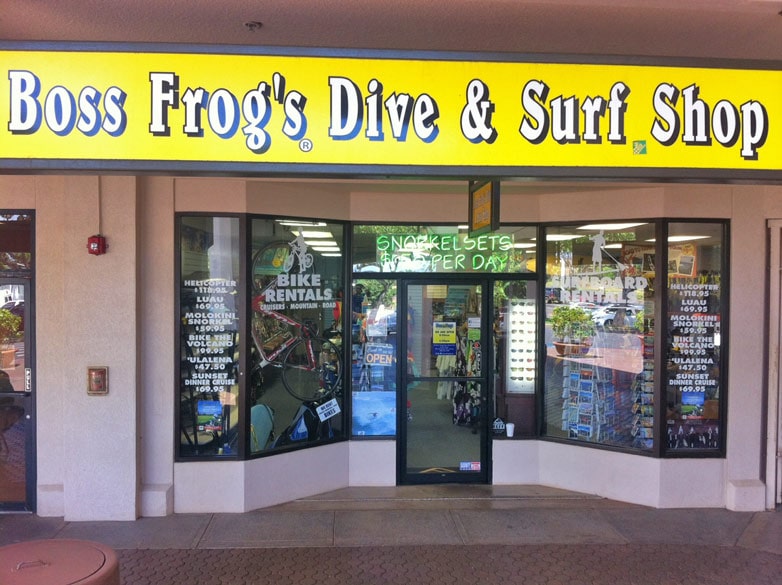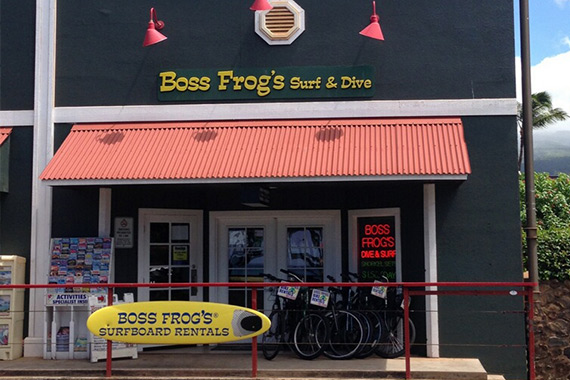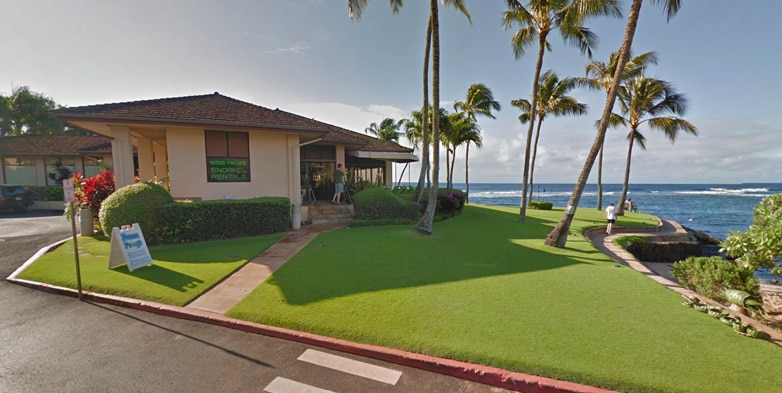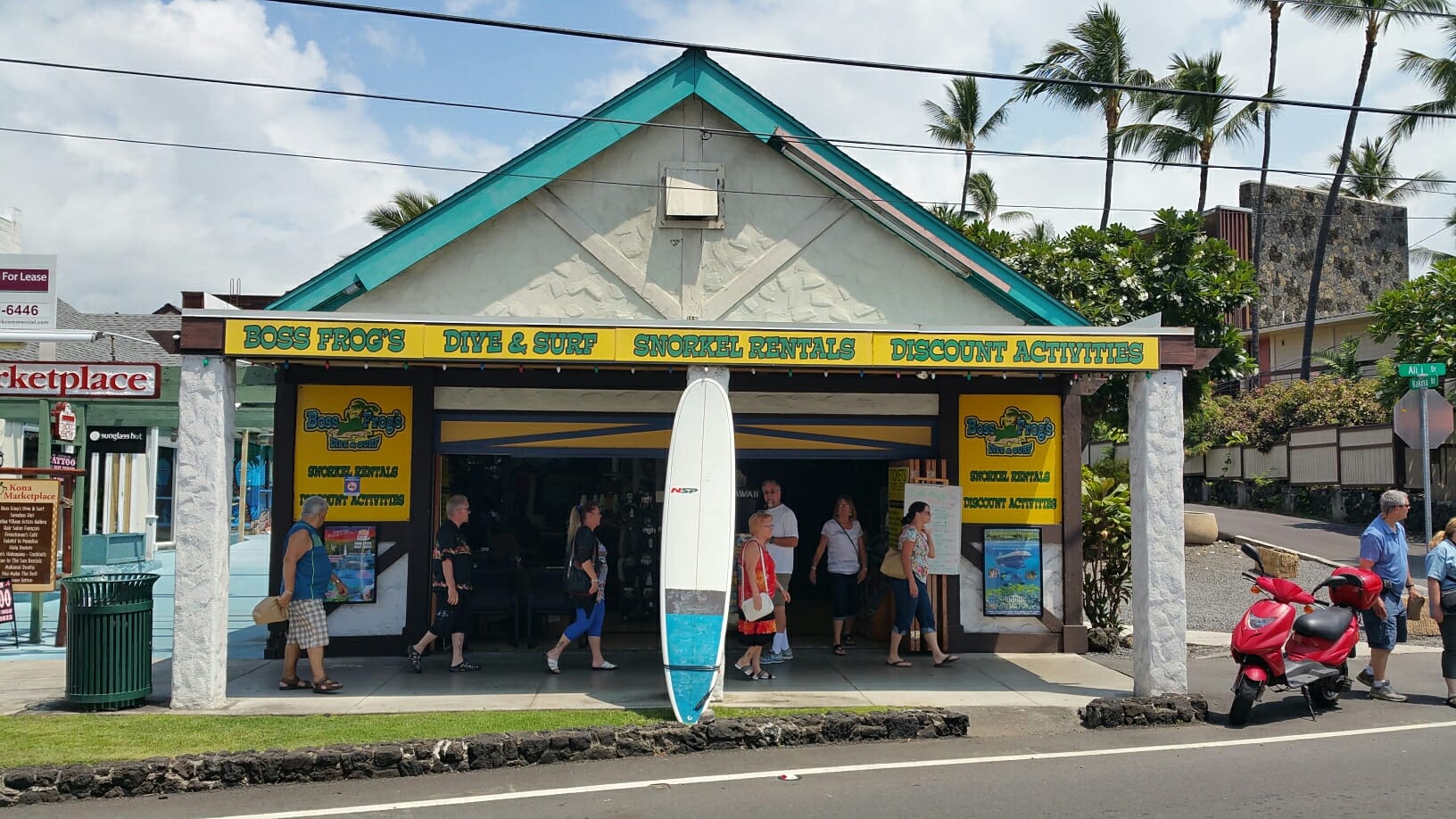Sea Turtle Snorkel Tales
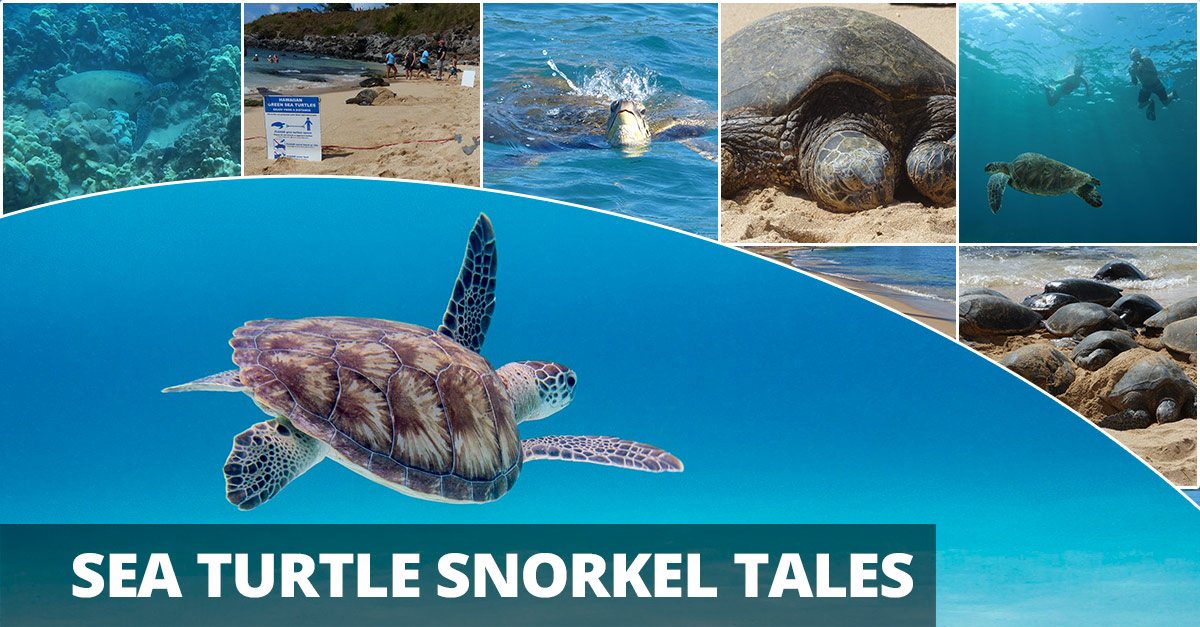
One of the most iconic animals in Hawaii is the sea turtle. When you visit the Islands, you can find turtles gliding through the water, basking on the beach, and in tattoo form on many of your fellows!
I do not know exactly how the Hawaiian honu became such an underwater celebrity, but the idea of encountering them has been driving visitors into the ocean for years, now. Sea turtles are one of the “Big Four” marine animals that everyone hopes to encounter when they explore Hawaii’s waters. The other three are manta rays, Hawaiian spinner dolphins, and humpback whales. All but the whales are year-round residents, so no matter when you visit, you should have a chance to see three of those species.
That being said, I wouldn’t want you feeling like your entire trip was a waste if “all you saw” was a ton of seriously amazing reef fish! The coral communities surrounding the Hawaiian Islands are some of the most precious places on the planet, and being able to experience them is a remarkable thing. In fact, did you know that the reefs of West Maui were chosen by the U.S. Coral Reef Task Force as one of only three “priority watershed partnerships” in the entire nation? That means the habitat you’ll be snorkeling through in Ka’anapali is an extremely cool testing ground (even though it’s made of water). Hawaii scientists are using the area to find out how cutting down on pollution from the land can help our oceans become healthier. That’s epic, right? Yes!
Actually, when it comes to sea turtles, I definitely understand the excitement. When I saw my first one, it felt like magic. I was in Hawaii for the first time, on Kauai. I was snorkeling on the surface in clear shallow water, intently watching the fish, when unexpectedly, a huge sea turtle swam beneath me.
My eyes widened, my breath caught in my throat, and I looked over at my mom who was snorkeling nearby. The turtle coasted slowly past me, swam ahead a few yards, and then turned around and came straight toward me, moving his head around over and over, as if he were trying to work out a kink in his neck. To this day, I have never seen that behavior again, and I do not know what the turtle was doing. At the time, I assumed it was a threat display. I also did not know where the turtle wanted to go, so I fluttered my fins a bit to back up.
The rest of that trip, I kept remembering that I had swum with a sea turtle. I frequently burst out that information to my family in the car.
“You guys, I bet you hadn’t heard, but I swam with a sea turtle today!” I couldn’t believe it. I felt like I’d been given such a gift.
The sea turtle is culturally and spiritually significant here in Hawaii. Many families believe that the spirits of their departed ancestors – their na ‘aumakua – will occupy sea turtles for a time to check up on the family and to offer guidance and support. When visiting someone in a new place, it is important to respect the beliefs and boundaries of your host culture.
A sea turtle may come to you, but the general rule – even though we all love sea turtles! – is to give them space. When you are being mobbed by a crowd of adoring fans (or kids, co-workers, or distant relatives), you need space and time away to reduce your stress levels, right? And just think, you’re not even under the threat of shark attack most days!
These animals need their energy for their lives, so please give them at least 15 feet when you can – whether you’re on the beach or swimming nearby. We all want the best photos possible, and that is absolutely what zoom lenses, photo editing software, and opposable thumbs are for. (We’re so lucky that way, aren’t we?)
Although five species of sea turtles live around this remote archipelago, the Hawaiian green sea turtle is the most common one you’ll see. In 1978, when their population was stamped “endangered,” the species had almost been hunted to extinction. In 2016, their status was upgraded positively to “threatened,” which basically means they could soon become endangered again, but they’re not right now.
When I first encountered a sea turtle underwater on that 2002 family trip to Kauai, I wasn’t aware of all the threats they faced, except for trash in the ocean. As a student back in 1996, I was delighted to be a tour guide for the UC Santa Barbara Marine Science Institute. At that time, the facility was caring for an olive ridley sea turtle. “Olive” could no longer dive because she had swallowed a plastic bag that she’d likely assumed was a sea jelly – one of her favorite meals. As I’m sure you know, the amount of trash in the ocean has been increasing considerably for years, now.
Many people like yourself are paying attention to this, picking up litter wherever it is found, and choosing to avoid single-use plastic items like straws and water bottles. Why are straws a big deal for sea turtles? This graphic marine debris photo will explain. (After I caught a glimpse of it, I started carrying a reusable straw in my purse.) Scads of people have also been keeping their fingers crossed that Boyan Slat’s high-tech Ocean Cleanup array – soon to be deployed in 2018 – works as effectively as he and his engineering team intend.
You sometimes don’t know where you will end up helping, of course, until you are faced with a situation.
One morning I was snorkeling with a friend, and we came across a porcupinefish about six feet down who had swallowed a hook but had not been reeled in. The fishing line had been cut from its pole, and yards and yards of it had wrapped around a coral head, holding the fish fast.
I couldn’t tell for sure, but I thought the fish might still be alive, so I dove down to see if we could free him, and to untangle and remove the loose line. Sea turtles, manta rays, and other animals can get caught in discarded fishing line. When a turtle accidentally swims into the invisible monofilament and struggles to break free, she will often drown or end up losing a flipper.
I knew I wasn’t well-equipped that morning, because I hadn’t brought my dive knife or gloves with me, but I had to try. With my friend for support, I dove down repeatedly for the next half hour or so, and I did make some gains. As the morning progressed, the winds picked up, and the water grew rougher. It became more difficult to stay with the line without touching the coral or being jabbed by the porcupine’s spines. I realized at some point that the fish was likely dead, but I didn’t want to give up.
About 20 minutes in, I understood that all my frustration with everything the ocean is dealing with was being channeled into this one moment: If we could save this single fish, somehow everything would be okay. Coral bleaching, climate change, ocean acidification, toxic chemical sunscreens, sea level rise, marine debris, overfishing, land-based pollution, whaling, the dolphin slaughters – all of it! I removed much of the line, and eventually brought the fish up (who was indeed, dead), but no matter how I tried, I couldn’t dislodge the hook. I felt defeated.
Just as my heart began to break, a sea turtle appeared and swam slowly beneath us. It felt as if the turtle was telling me to let go. I took a deep breath, and all the tension drained from my muscles. I stuck my head above the surface and looked at my friend.
“The turtle says let go,” she said quietly.
“I know,” I replied, sniffling. “Let’s go.”
I’ve been to that same coral head since then. The fishing line is gone. I’m stoked that someone else came by and was able to finish cleaning it up!
The memories that you make around sea turtles in Hawaii are going to be remarkable in their own way. Thank you for choosing to visit the Islands with respect, for enjoying yourself as you discover the reefs, for giving sea turtles time and space to chill, and for just saying no to straws.
We at Boss Frog’s look forward to outfitting you and your family with snorkel rental gear for your own sea turtle experience.
Aloha for now, and we’ll sea you soon!









